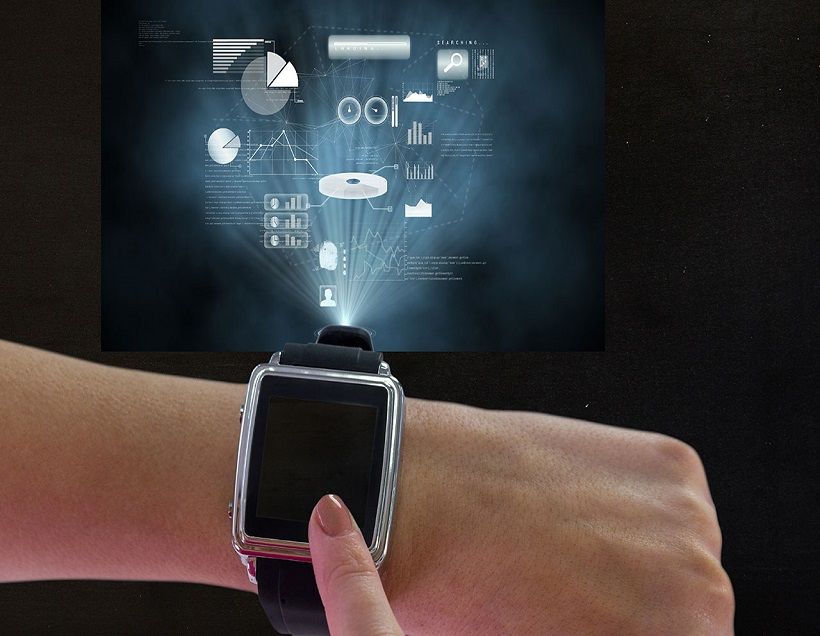
By Samreen Shaik
Wearables seem to have opened up a completely non-existent business segment. This is because it provides sensory and scanning features not typically seen in mobiles and laptops. Wearable devices (also called wearable gadgets) is a category of technology devices that can be worn by a consumer. Wearable technology surpasses smartphones as the fastest-growing technological innovation of today, rendering it the next big thing for consumers, investors and entrepreneurs alike. In the coming years, experts predict a major market change as on-body tech becomes more flexible, more widespread and more energy-efficient. Other wearable tech gadgets include devices that have small motion sensors to take photos and sync with your mobile devices.
The prominence of wearable devices like Fitbit and Google Glass has implications for numerous industries, most notably fitness and healthcare. The rapid growth of wearable technology products, fueled by the desires of younger consumers, displays no sign of slowing down. Indeed, innovative advances make wearable technology’s future appear full of unlimited possibilities. Depending on the definition used for “technology,” the first wearable technology can be traced back as far as the 13th century when eyeglasses were invented. Wearable technology achieved mainstream popularity with the Bluetooth headset in 2002. Between 2006 and 2013, iconic wearable technology devices Nike+, Fitbit and Google Glass were released. In 2014, dubbed “The Year of Wearable Technology” by several media outlets, activity trackers grew in popularity and the Apple Watch was introduced. Other wearable technology devices, such as those that track seizures or sunlight exposure, continued expanding the industry.
Despite sustained media attention (and fashion-spreads) wearable products are yet to gain traction. But, the problem isn’t about marketing. It is about design. “Smartwatches are stupid,” says Hartmut Esslinger, Apple’s first head of design and creator of the company’s Snow White design language. “Why would I put cheap electronics on my wrist as a symbol of (my) emotion?” Esslinger also calls Fitbit, the popular fitness tracker, a gimmick. “I know when I am tired,” he says, referring to the device’s value proposition of counting calories through the day.
Esslinger’s remarks about wearable tech may seem provocative but they represent a fundamental design problem in the industry. Consider smartwatches. They combine use cases for two devices: a phone and mechanical watches. However, their functionality is limited and dependent on smartphones. Without smartphones, the device becomes a fitness tracker, such as Fitbit. That might still be useful if existing smartwatches had attractive designs. But, they don’t. Smartwatches, perhaps the hottest product category in the wearable space, has its own set of problems, their own set of naysayers.
According to Esslinger, wearable tech design is stuck in the smartphone paradigm, where products are neatly split into hardware and software. In this hybrid, a hardware product functions as a platform to provide software services. For example, smartphone functions as a platform for app services. In the wearable technology space, the only service which has been identified, so far, is data. Reams of data, without context, can have the effect of overwhelming consumers.
Finally, the cost is another significant barrier to success for wearable technology. If the average consumer is going to embrace wearable tech, it needs to be relatively affordable. The challenge of reducing the price of smartwatches and smart glasses is a more formidable one. But overcoming these challenges could lead to a breaking point in wearables. Whether you’re a doubter or an early adopter, it’s clear that wearable technology is the next hot thing in gadgets — and all signs suggest it is here to stay.
